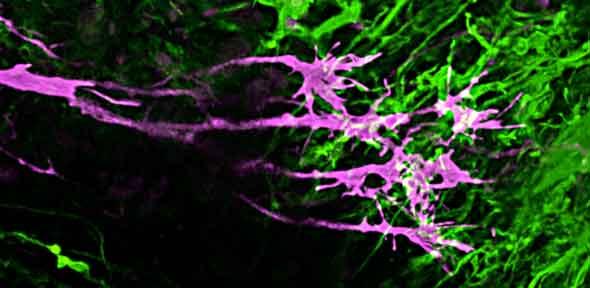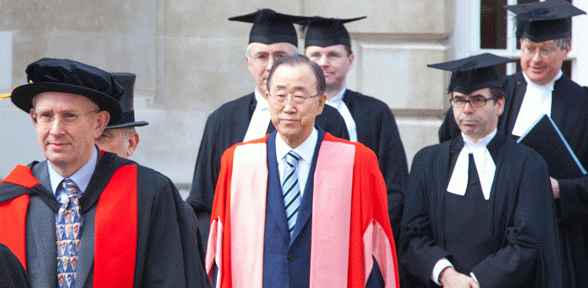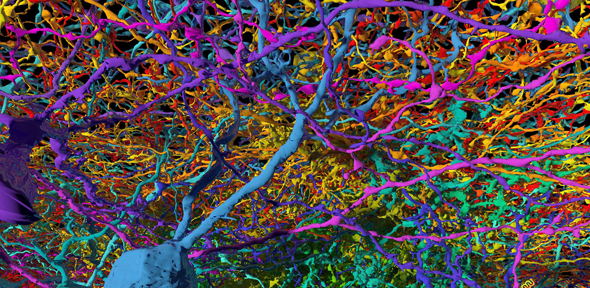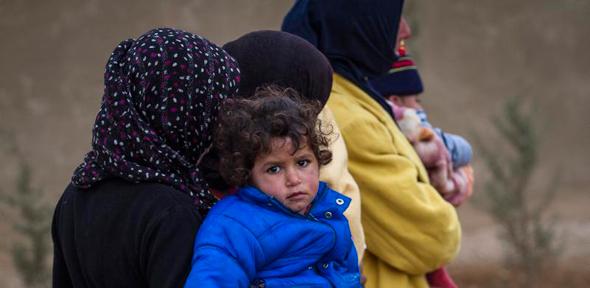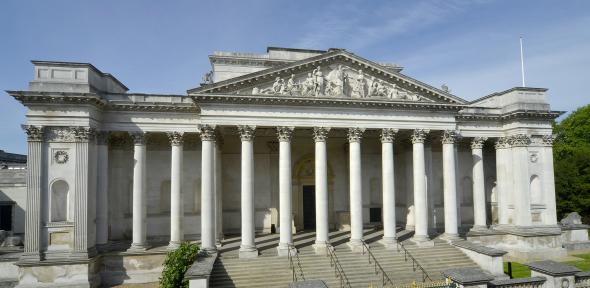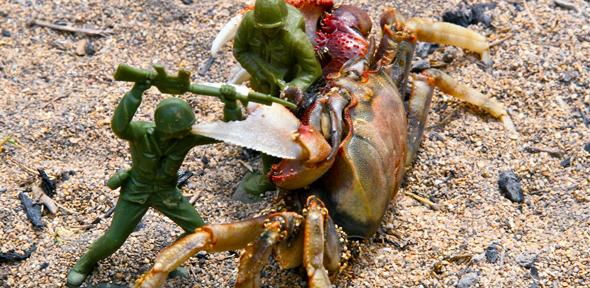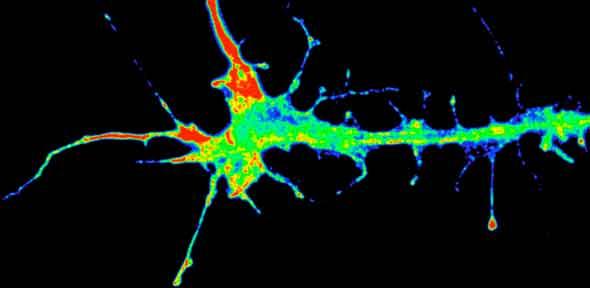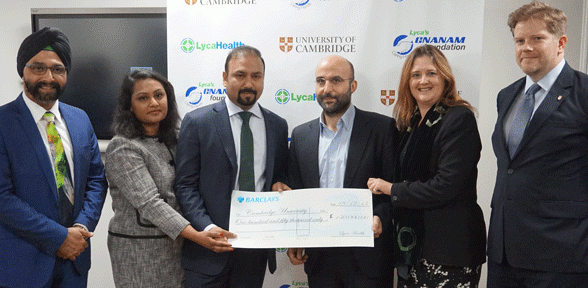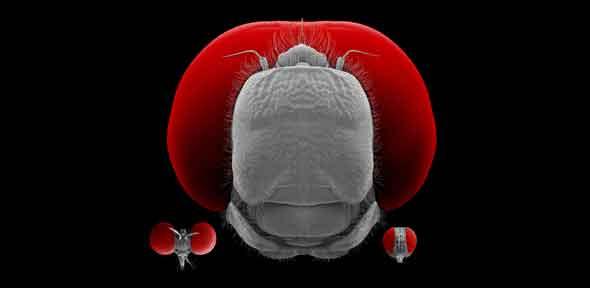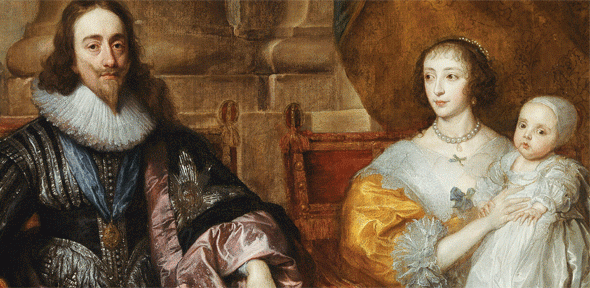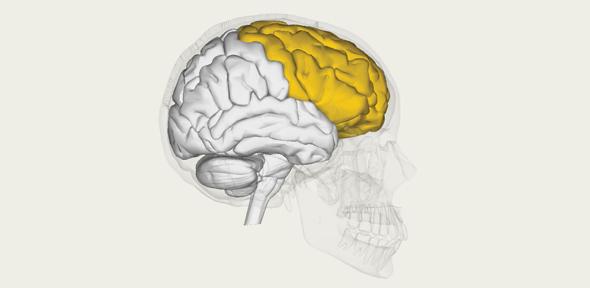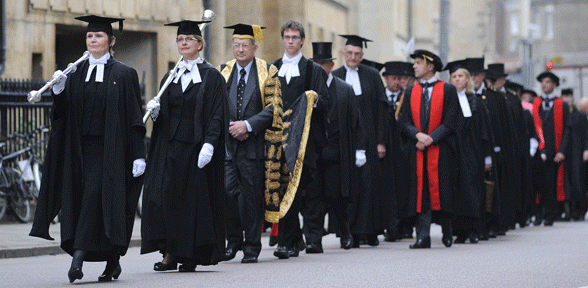
Hide and Seek: Looking for Children in the Past opens today and runs until January 29, 2017, at Cambridge University’s Museum of Archaeology and Anthropology, bringing together collections held by the University and Cambridgeshire County Council.
Unprecedented in its scope and ambition, Hide and Seek examines why so little is known about the life of children when children have outnumbered adults for most of human history.
Some of the objects on display will be familiar: Roman and medieval dolls are exhibited next to a children’s sledge and a Roman baby’s feeding bottle. Other exhibits, however, are not immediately recognisable as children’s objects at all: pots with small fingerprints, a tiny handmade axe made 400,000 years ago, gold-work as fine as a human hair; each have stories to tell about the children whose lives were intertwined with the objects now on display in the 21st century.
By looking carefully at all of this evidence, exhibition curator Jody Joy hopes the year-long show will redress our paucity of understanding about the ways in which youngsters interacted with both the adult and childhood worlds around them.
“Hide and Seek looks for glimpses of children’s lives in East Anglia and across England, from a child’s footprint made one million years ago, to toys and artefacts from the 20th century,” said Joy. “Children’s stories so rarely feature in the narratives that museums present. This exhibition aims to redress the balance.
“It is difficult to find children in the past, but not impossible. Throughout the show we present new research and interpretations to help provide a better understanding of children’s lives and to challenge our own assumptions about children and childhood.
“14th century illustrations from an illuminated manuscript show us that children in the 1300s enjoyed sledging and skating just as much as we do now. But we also want to show that evidence for the lives of children can be found beyond the obvious.”
To that end, the exhibition also looks past the artefacts of childhood such as toys, children’s clothes and burials. Local crime records, for example, reveal the sorry tale of 13-year-old Thomas Bradley from Burwell in Cambridgeshire, who in 1843 was sentenced to 15 years’ transportation to Australia for setting fire to stacks of corn and straw.
Likewise, an indenture document for ten-year-old Amey Basin, signed on May 11, 1764, outlines her apprenticeship to Thomas Wayman Sr, a dairyman, until she reached 21 or was married; and explains the responsibilities and expectations of apprentices and their employers in 18th century England.
Other exhibits, such as a pair of 19th century children’s handcuffs and a coroner’s report regarding the death of three-year-old Michael Higgins in 1837, illuminate the innumerable perils facing children throughout history.
“It was dangerous being a child in the past,” added Joy. “From prehistory until the Victorian period, 30-50 per cent of children did not survive to adulthood. Disease, germs and household accidents all took their toll.”
Perhaps some of the most challenging and uncomfortable exhibits in display are the artefacts speaking of the death and burial of children.
In 1990, the grave of a one-year-old Roman child was found in Cambridgeshire. Now on display at the museum, the body had been carefully placed in a lead coffin much too large for the infant inside. A wooden box full of ceramic figures was placed on top of the coffin before burial, although it is unknown whether these were intended as toys or religious items. Sometimes, the evidence on display raises more questions than answers.
Concluding the exhibition, the remains of an Anglo-Saxon girl (hidden behind a partition), challenges visitors to consider the often grey area between childhood and adulthood.
In 2010, the body, believed to be aged between 12-15 years old, was unearthed alongside the finest grave goods from an extraordinary 5th-6th century burial site. It is rare to find child burials from the Anglo-Saxon period despite children outnumbering adults and despite the high infant mortality rate. Archaeologists think children may have been buried in different ways to adults, and the fragile bones of infants do not survive long in the soil.
The burial site was discovered in Oakington, just north of Cambridge. Excavators were surprised to find an exceptionally high proportion of child burials. Nearly half of the burials discovered belonged to individuals under the age of 12, and 27 per cent of the 128 burials were children under six; many containing small vessels which researchers are now analysing to identify their contents and understand more about the young children who were buried with them.
Added Joy: “The skeleton is of an individual we would regard as a child, but she has been buried as if she were an adult. Ongoing research, new discoveries and excavations help us develop our understanding of children’s lives. Each new discovery can enrich our understanding of what life was like for children in the past.”
Other key exhibits include:
- Baby feeding bottles from the Roman and Victorian periods
- A bracelet for a Roman child
- 19th century samplers, stitched by three generations from the same family
- Some of the oldest marbles ever found in England
Hide and Seek: Looking for Children in the Past runs from January 30, 2016 to January 29, 2017. The exhibition has been funded by a generous grant from the Heritage Lottery Fund. It is a joint project between Cambridgeshire County Council and the Museum of Archaeology and Anthropology. Entry is free.
A sledge made from a horse’s jaw, the remains of a medieval puppet, the coffin of a one-year-old Roman child, and the skeleton of an Anglo-Saxon girl will all go on display in Cambridge today as part of a unique exhibition illuminating the archaeology of childhood.

The text in this work is licensed under a Creative Commons Attribution 4.0 International License. For image use please see separate credits above.




















